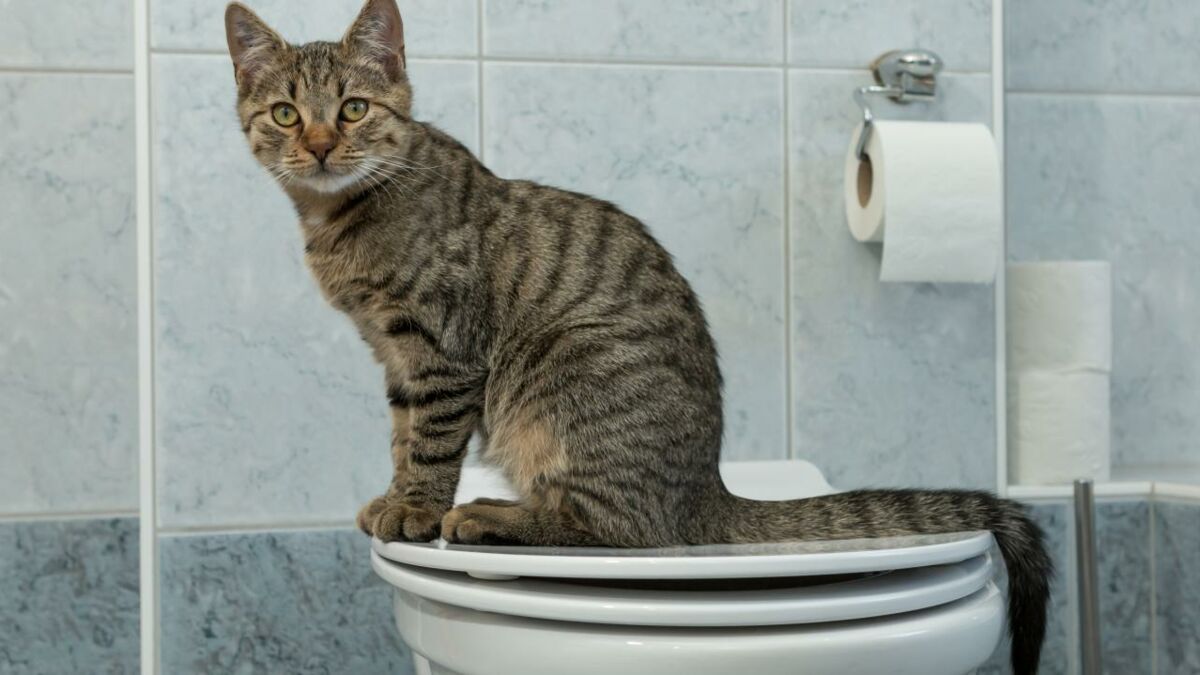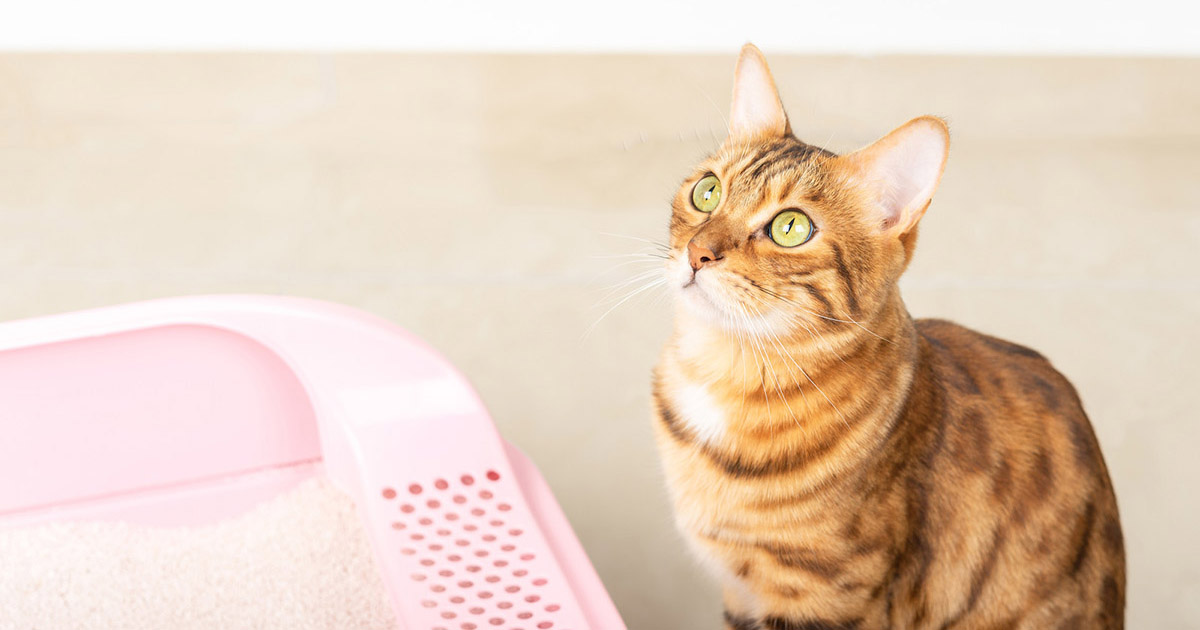Why Flushing Cat Poop Down Your Toilet Isn't a Good Idea - Tips for Safer Handling
Why Flushing Cat Poop Down Your Toilet Isn't a Good Idea - Tips for Safer Handling
Blog Article
Do you find yourself trying to find related information around How to Dispose of Cat Poop and Litter Without Plastic Bags?

Introduction
As pet cat proprietors, it's essential to be mindful of exactly how we get rid of our feline close friends' waste. While it might seem convenient to flush feline poop down the bathroom, this method can have destructive effects for both the environment and human wellness.
Environmental Impact
Flushing cat poop introduces damaging microorganisms and parasites right into the water, posturing a substantial threat to marine ecological communities. These contaminants can negatively impact marine life and compromise water quality.
Wellness Risks
Along with ecological problems, purging pet cat waste can additionally posture wellness dangers to people. Cat feces may have Toxoplasma gondii, a bloodsucker that can trigger toxoplasmosis-- a possibly serious disease, particularly for pregnant ladies and individuals with weakened body immune systems.
Alternatives to Flushing
The good news is, there are more secure and a lot more responsible ways to take care of feline poop. Consider the adhering to options:
1. Scoop and Dispose in Trash
The most common technique of dealing with cat poop is to scoop it right into an eco-friendly bag and toss it in the trash. Be sure to make use of a specialized clutter scoop and deal with the waste promptly.
2. Usage Biodegradable Litter
Choose eco-friendly feline litter made from products such as corn or wheat. These trashes are environmentally friendly and can be securely thrown away in the trash.
3. Hide in the Yard
If you have a lawn, consider hiding cat waste in an assigned location far from veggie gardens and water resources. Be sure to dig deep enough to stop contamination of groundwater.
4. Set Up a Pet Waste Disposal System
Buy an animal garbage disposal system specifically created for cat waste. These systems make use of enzymes to break down the waste, decreasing smell and environmental influence.
Conclusion
Liable animal possession extends beyond giving food and shelter-- it additionally involves correct waste monitoring. By refraining from purging cat poop down the bathroom and opting for alternate disposal approaches, we can reduce our ecological footprint and secure human health.
Why Can’t I Flush Cat Poop?
It Spreads a Parasite
Cats are frequently infected with a parasite called toxoplasma gondii. The parasite causes an infection called toxoplasmosis. It is usually harmless to cats. The parasite only uses cat poop as a host for its eggs. Otherwise, the cat’s immune system usually keeps the infection at low enough levels to maintain its own health. But it does not stop the develop of eggs. These eggs are tiny and surprisingly tough. They may survive for a year before they begin to grow. But that’s the problem.
Our wastewater system is not designed to deal with toxoplasmosis eggs. Instead, most eggs will flush from your toilet into sewers and wastewater management plants. After the sewage is treated for many other harmful things in it, it is typically released into local rivers, lakes, or oceans. Here, the toxoplasmosis eggs can find new hosts, including starfish, crabs, otters, and many other wildlife. For many, this is a significant risk to their health. Toxoplasmosis can also end up infecting water sources that are important for agriculture, which means our deer, pigs, and sheep can get infected too.
Is There Risk to Humans?
There can be a risk to human life from flushing cat poop down the toilet. If you do so, the parasites from your cat’s poop can end up in shellfish, game animals, or livestock. If this meat is then served raw or undercooked, the people who eat it can get sick.
In fact, according to the CDC, 40 million people in the United States are infected with toxoplasma gondii. They get it from exposure to infected seafood, or from some kind of cat poop contamination, like drinking from a stream that is contaminated or touching anything that has come into contact with cat poop. That includes just cleaning a cat litter box.
Most people who get infected with these parasites will not develop any symptoms. However, for pregnant women or for those with compromised immune systems, the parasite can cause severe health problems.
How to Handle Cat Poop
The best way to handle cat poop is actually to clean the box more often. The eggs that the parasite sheds will not become active until one to five days after the cat poops. That means that if you clean daily, you’re much less likely to come into direct contact with infectious eggs.
That said, always dispose of cat poop in the garbage and not down the toilet. Wash your hands before and after you clean the litter box, and bring the bag of poop right outside to your garbage bins.
https://trenchlesssolutionsusa.com/why-cant-i-flush-cat-poop/

We hope you liked our post about Can You Flush Cat Poo or Litter Down the Toilet?. Thanks for finding the time to browse our blog. Are you aware of somebody who is very much interested in the topic? Why not promote it. I praise you for your time. Please come by our site back soon.
Booking Page Report this page